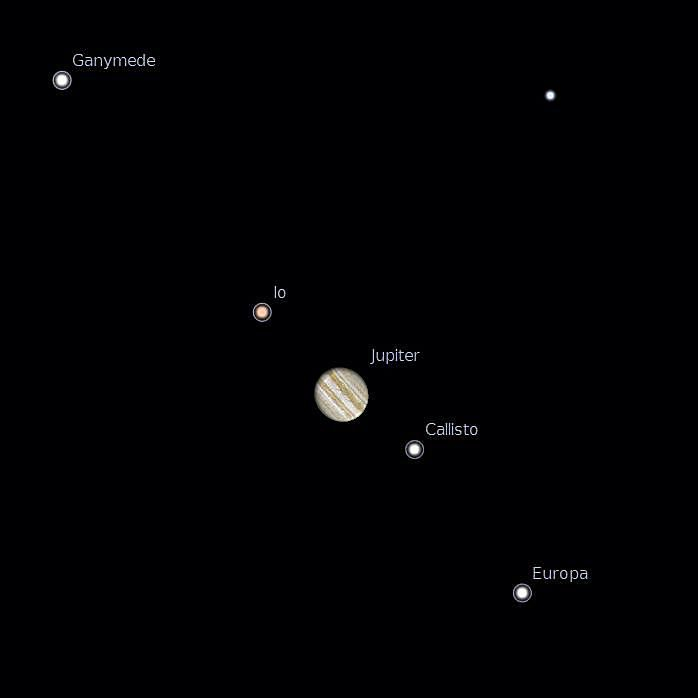Jupiter Has 80 Moons
Without taking into account the number of moonlets that the inner moons are likely to drop, there are 80 known moons of Jupiter is one of the interesting facts about Jupiter. They come together to form the Jovian system, a constellation of satellites. The four Galilean moons—Io, Europa, Ganymede, and Callisto, were the first objects identified to circle a body other than the Earth or the Sun and are the most massive of the moons. They were independently discovered in 1610 by Galileo Galilei and Simon Marius. Numerous far smaller Jovian moons have been discovered much more recently, starting in 1892, and have been given the names of the lovers or daughters of the Roman god Jupiter or his Greek counterpart Zeus. With the remaining 76 known moons and the rings together making up just 0.003% of the total orbiting mass, the Galilean moons are by far the largest and most massive objects to circle Jupiter.
Eight of Jupiter's moons are regular satellites, having prograde orbits that are almost circular and just slightly inclined to Jupiter's equatorial plane. Galilean satellites would be regarded as at least dwarf planets if they were in a direct orbit around the Sun because they are almost spherical due to their planetary mass. The four additional regular satellites, which are smaller and located closer to Jupiter, are where the dust from Jupiter's rings is sourced. The remaining moons of Jupiter are irregular satellites with high inclinations and eccentricities, prograde and retrograde orbits that are significantly distant from Jupiter. Jupiter most likely plucked these moons from their solar orbits. Of the erroneous satellites, 23 have not yet received official names.











